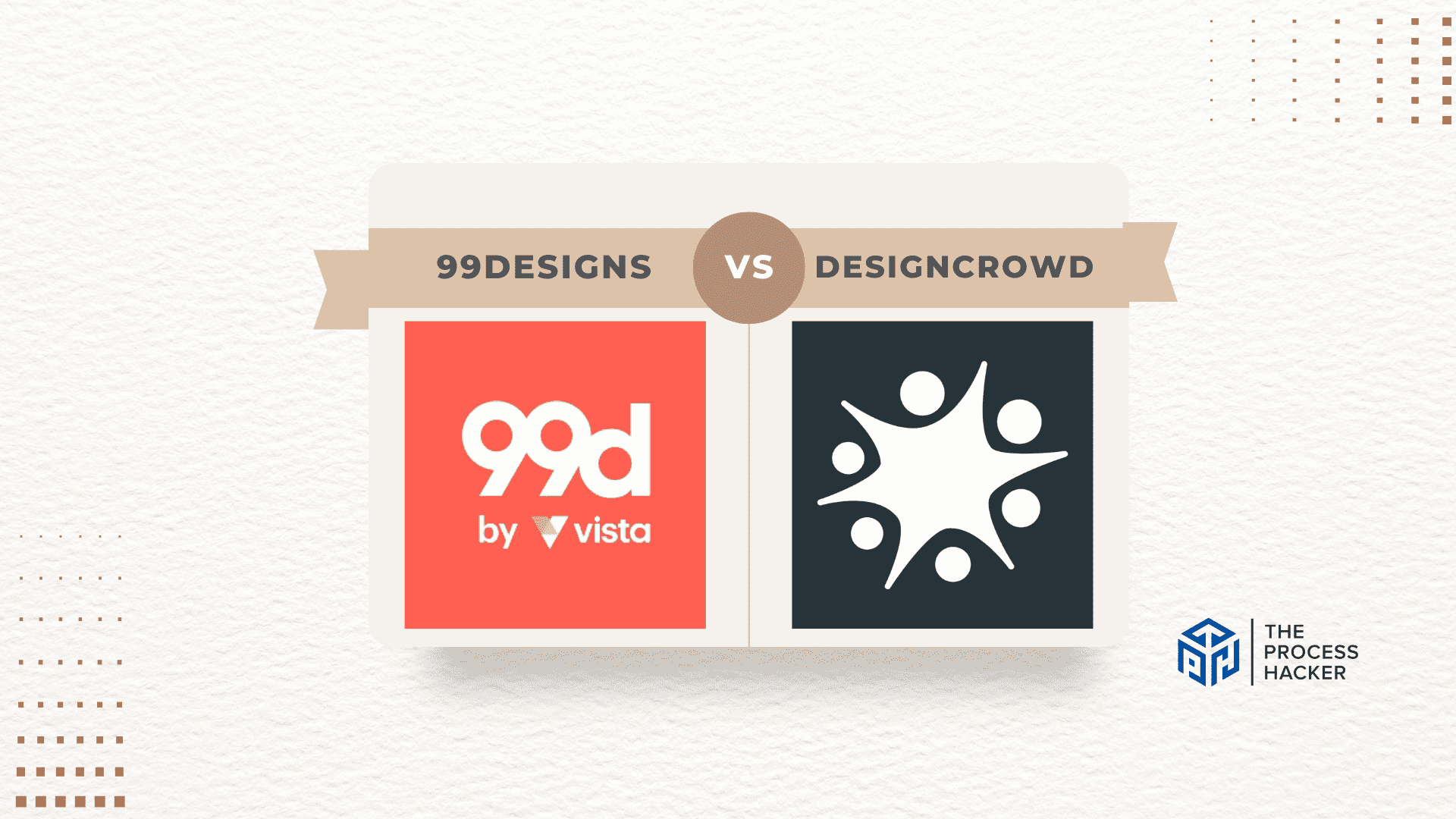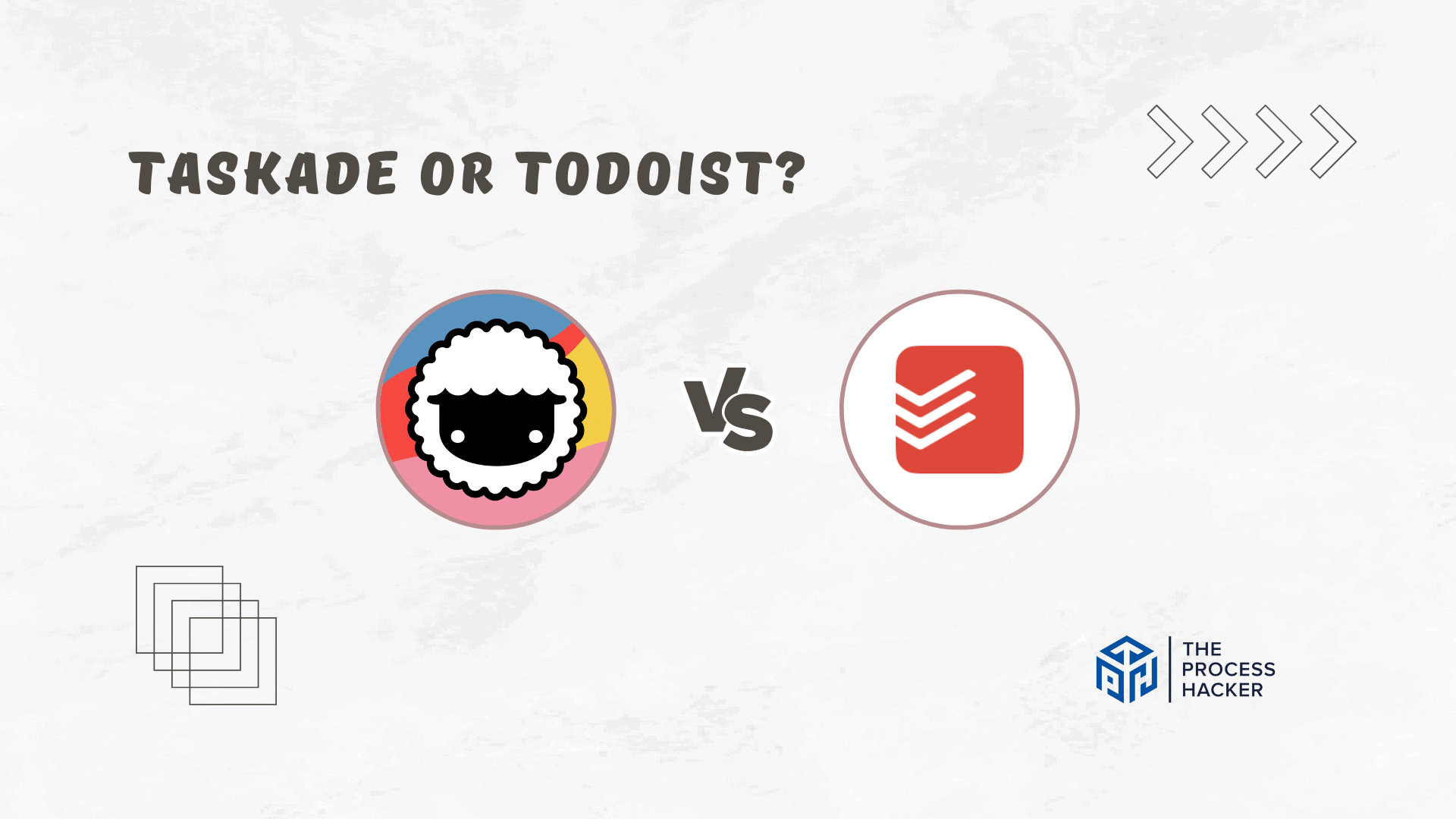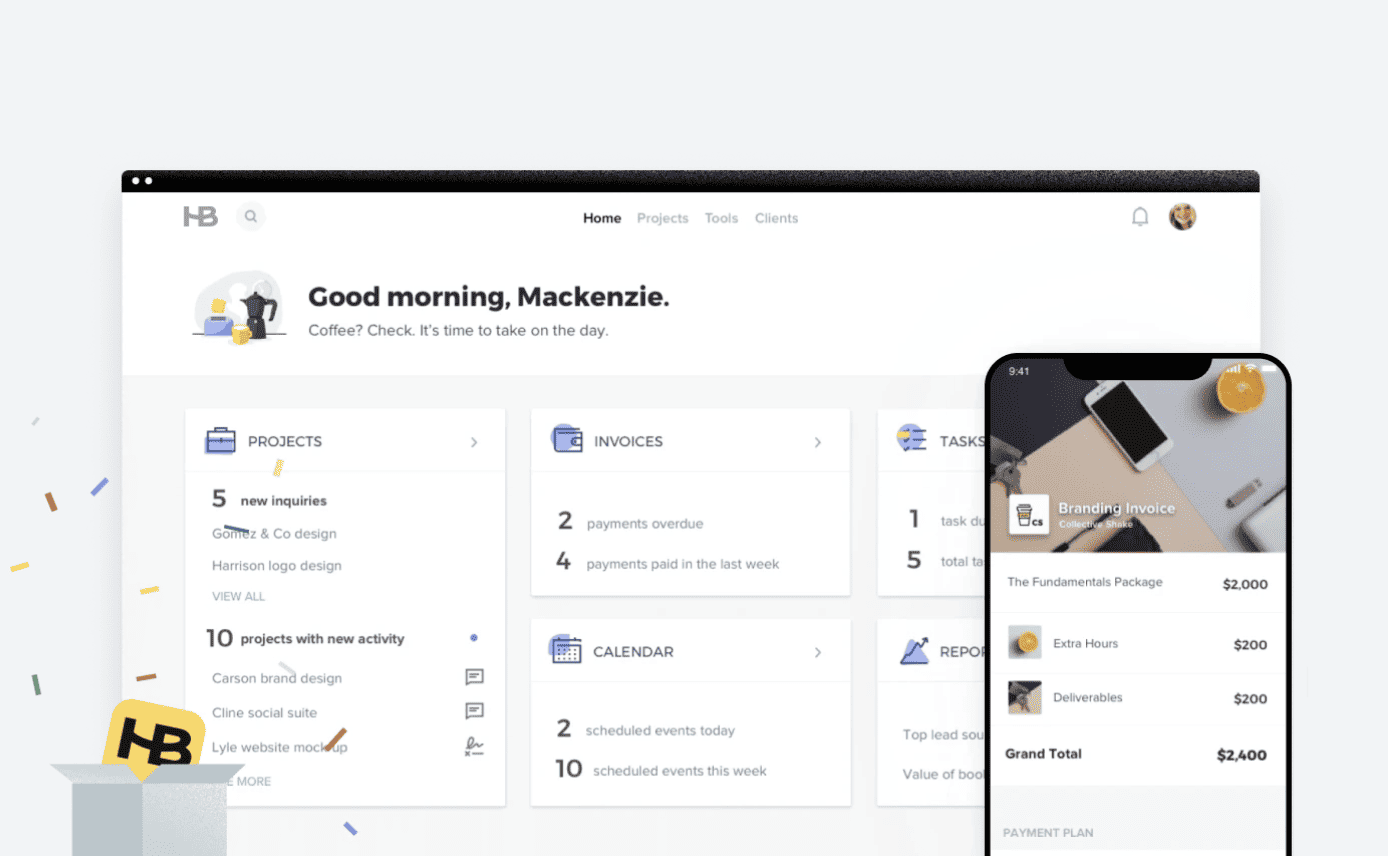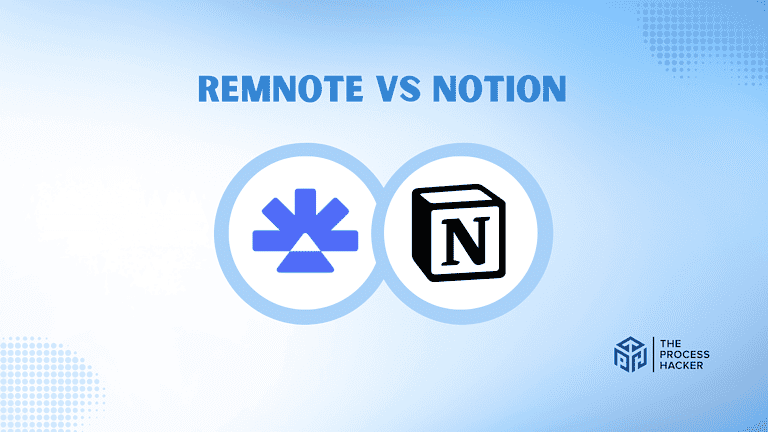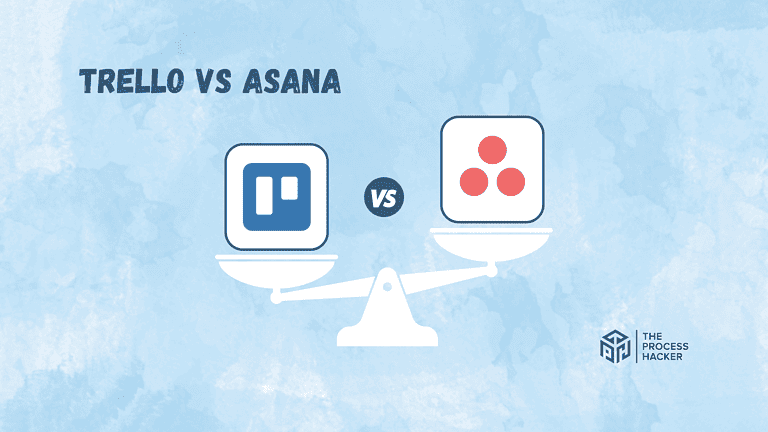How to Analyze Marketing Data
In the bustling world of digital marketing, standing out isn’t just about having a fantastic product — it’s about smart, strategic moves powered by data optimization. Imagine you’re at a bustling market, shouting to be heard over the crowd.
Now, imagine you have a megaphone. That’s what data optimization does for your digital marketing efforts — it amplifies your message, ensuring it reaches the right people at the right time.
What is Marketing Analysis?
Marketing data analysis is the process of digging into your data to understand your market, your customers, and the effectiveness of your campaigns. Think of it like a detective story: you gather clues from website traffic, social media engagement, sales figures, and more.
By analyzing these clues, you will start to understand your ideal customers, what motivates them, and how to reach them with the right messages at the right time.
Why You Need to Analyze Your Marketing Data
In the vibrant landscape of digital marketing, the compass guiding brands toward success isn’t just intuition — it’s data. Think of data as the secret ingredient in your marketing mix, which can transform ordinary campaigns into extraordinary ones. However, not all data is created equal. For digital brands, three types of data stand out as particularly crucial: sales, consumer behavior, and market trends.
First up, sales data. This is your scoreboard. It tells you not just how well you’re doing but also where you’re doing it well. Are certain products flying off the shelves in specific regions? Sales data gives you the what and where helping you understand which products resonate with different audiences.
Then there’s consumer behavior. If sales data tells you the what and where, consumer behavior offers insights into the why. Why do certain demographics prefer certain products or services? Why does one digital trend take off while another fizzles out? Understanding consumer behavior means you can tailor your marketing efforts to match the preferences and habits of your target audience, making your campaigns more relevant and engaging.
Lastly, market trend data is like a crystal ball. It gives you a glimpse into the future, showing how the wind is blowing in the digital landscape. From emerging preferences to shifts in consumption patterns, staying on top of market trends means you can be one step ahead, innovating and adapting to keep your brand fresh and in demand.
In sum, navigating the digital marketing landscape without these three types of data is like sailing without a map. Sales, consumer behavior, and market trends data not only tell you where you are but also help chart a course toward where you want to be, ensuring your marketing efforts are as effective.
How to Analyze Marketing Data
Discover a proven approach to transform raw marketing data into powerful insights that drive success. Let’s unlock the secrets hiding within your numbers.
- Set Clear Objectives: Define what you want to achieve with your data analysis.
- Gather Your Data: Collect data from all relevant sources.
- Clean the Slate: Remove inconsistencies and errors from your data.
- Segmentation Station: Divide your data into relevant groups.
- Trend Spotting: Identify patterns and trends in your data.
- Performance Peaks: Assess the performance of various marketing channels.
- Insight Mining: Extract insights from the data patterns and trends.
- Strategy Synthesis: Develop strategies based on your insights.
- Actionable Outputs: Turn strategies into implementable actions.
- Review and Refine: Continuously analyze the outcomes and refine strategies.
This is just the start! Analyzing marketing data is an ongoing journey of discovery. Let’s delve deeper and uncover the full potential of your data – contact me for a personalized data analysis consultation.
Step 1: Set Clear Objectives
Before you begin, ask yourself: “What do I want to learn?” Setting clear objectives is essential. Without them, you risk getting lost in numbers, wasting time, and ultimately not finding the answers you need.
Here are some examples of focused objectives:
- Customer lifetime value and behavior: “Do customers who visit product comparison pages have a higher purchase rate?”
- Campaign performance: “Which social media platform generated the highest ROI last quarter?”
- Areas for improvement: “Where do most visitors drop off in our checkout process?”
By setting objectives, you create a compass for your analysis. This ensures you stay on track, uncover actionable insights, and drive tangible improvements in your marketing strategies.
Step 2: Gather Your Data
Compiling relevant data before analysis using different web analytics tools like Google Analytics is crucial. Identify data sources that align with your objectives.
These may include website marketing analytics, social media metrics, email campaign performance, sales records, and customer surveys.
Remember, a thorough data collection process lays the groundwork for extracting maximum value from your analysis.
Step 3: Clean the Slate
Messy data can seriously skew your results. Before digging for insights, take time to clean and organize your data.
This includes correcting errors, filling in missing values, removing duplicates, and ensuring consistent formatting.
Think of this step as giving your data a good scrub – the insights you uncover later will thank you!
Step 4: Segmentation Station
Think of your customers as a big, diverse crowd. It’s hard to make sense of them all at once! Segmentation is like dividing that crowd into smaller, more manageable groups based on shared characteristics.
Here’s why it matters:
- Personalization: Segmenting by interests or past purchases helps you craft messages that feel directly relevant. Think of it as offering the right product to the right people.
- Hidden Opportunities: You might find that a specific age group converts exceptionally well on a certain landing page. Segmentation helps you spot these trends you’d miss in a broader dataset.
- Resource Optimization: If one segment shows little interest in email offers, you can refine your efforts instead of wasting time and money with a generic approach.
Segmentation unlocks a treasure trove of insights that can fuel hyper-targeted marketing and maximize your results!
Step 5: Trend Spotting
Are certain campaigns consistently outperforming others? Are there seasonal fluctuations in website traffic or sales?
Identifying trends helps you understand overall patterns and predict future outcomes. Spotting trends early can give you a competitive advantage and allow you to adjust your marketing strategies accordingly.
Step 6: Performance Peaks
It’s time to shine a spotlight on what’s working! Analyze your data to identify campaigns, channels, and tactics that deliver the highest returns.
Pinpointing your top performers reveals where to allocate resources and which strategies to replicate. Understanding what drives success can amplify your marketing efforts and maximize results.
Step 7: Insight Mining
Look for unexpected relationships, correlations between key metrics, and surprising patterns.
These insights represent invaluable strategic knowledge about your audience and marketing performance.
Think of yourself as a data detective, ready to piece together clues that unlock exciting new marketing opportunities.
Step 8: Strategy Synthesis
It’s time to connect the dots! The insights you’ve gathered are more than exciting facts—they’re powerful tools for shaping your marketing strategy.
Use them to refine your targeting, optimize campaigns, identify gaps in your approach, and develop new ideas.
Let your data guide you toward informed decisions to fuel your marketing success.
Step 9: Actionable Outputs
The whole point of analyzing data is to make better decisions. Turn your insights into actionable plans. This could involve adjusting budgets, tweaking campaign messaging, or exploring new channels. Data-driven actions lead to actual results – so don’t let your insights collect dust on a spreadsheet!
Step 10: Review and Refine
Analyzing marketing data isn’t a one-and-done task. Review your results regularly and track how your actions impact key marketing metrics.
This continuous process allows you to understand what works, identify areas for improvement, and ultimately optimize your marketing strategy over time.
Think of it as a cycle of analysis, action, and refinement—driving ever-greater returns from your data.
Taking it to the Next Level: Check Out dbForge Studio for Your SQL Server
Meet dbForge Studio for SQL Server, your new best friend in the world of data optimization.
Think of it as a Swiss Army knife with enormous functionality for going through the challenging areas of database maintenance and optimization rather than equipment for surviving in the wild.
This isn’t just another piece of software; it’s a powerhouse designed to make data work for you, not against you, especially in marketing in the digital industry.
At its core, dbForge Studio for SQL Server is about bringing efficiency, clarity, and precision to data handling. Whether you’re sifting through sales figures, consumer behavior metrics, or the latest market trends, dbForge Studio equips you with the tools to gather and analyze this data in ways that reveal actionable insights.
Now, let’s zoom in on the features that make dbForge Studio a game-changer for marketing data analytics.
First, we have the Query Builder, a tool that allows you to construct complex SQL queries without getting bogged down in syntax. It’s like having a translator who can turn your marketing questions into database queries without coding. Then there’s the Data Comparison tool, which lets you spot trends and anomalies by comparing data sets from different points in time or market segments, ensuring your marketing strategy is backed by solid data.
But that’s not all. dbForge Studio offers comprehensive reporting tools that transform raw data into clear, insightful reports and dashboards.
Whether you’re presenting to the board or brainstorming with your marketing team, these reports make it easy to share your findings and guide your strategy.
Analyzing Marketing Data for Insights
Going through marketing data visualization might seem daunting. Still, with dbForge Studio for SQL Server, you have a top-notch detective at your disposal, ready to uncover the clues hidden within your data. This tool isn’t just about managing databases; it’s about turning data into insights to steer your marketing strategies in the right direction.
Imagine you’re hosting a party and want to make sure every guest has their favorite drink. dbForge Studio acts like your personal assistant, helping you sort through your guest list (data) to understand who prefers what.
Using its Query Builder, you can easily segment your consumer data into meaningful groups—say, by preferred drink type, purchasing frequency, or even demographic details. This segmentation allows you to tailor your marketing efforts precisely as a bartender crafting a custom cocktail.
Now, onto the exciting part: identifying patterns and insights. You can play detective with dbForge Studio’s Data Comparison tool, comparing these segmented data sets over time or across different markets.
It’s like noticing that gin is trending at your parties lately while whiskey is waning in popularity. These insights are gold dust, enabling you to adjust your marketing strategies quickly. Perhaps it’s time to spotlight your gin selection or introduce a new gin-based cocktail to your menu.
Moreover, dbForge Studio’s reporting tools help you visualize these insights, turning complex data sets into easy-to-digest reports and dashboards.
It’s one thing to know gin is trending; it’s another to see a graph showing its rising popularity over time, making it crystal clear where your marketing focus should lie.
Optimizing Digital Marketing Campaigns with Real-time Data
In the fast-paced world of digital marketing, pivoting and adapting in real time isn’t just nice to have—it’s essential. This is where the magic of real-time data analysis comes into play, acting like a compass that guides your marketing ship through the ever-changing seas of consumer preferences and market dynamics. With dbForge Studio for SQL Server, tapping into this real-time data doesn’t have to be like finding a needle in a haystack. Instead, it’s as straightforward as reading a menu at your favorite bar.
Imagine launching a new campaign for your latest craft beer. Instead of waiting weeks to see how it’s received, real-time data analysis lets you monitor its performance as it unfolds.
It’s like conversing with your customers, where they can tell you what they think, feel, and want on the spot.
This instant feedback loop is invaluable, allowing you to tweak your campaign based on what’s working (or not) there and then. Is a particular message resonating in one city but not another? Adjust your sails accordingly, tailoring your approach to fit each market’s unique taste.
The advantage of this agility cannot be overstated. In traditional marketing, adjustments could take months of planning and execution, by which time the moment may have passed, and the market moved on.
Real-time data analysis ensures your marketing strategies are as dynamic and responsive as the consumers you’re trying to reach. It’s about staying relevant, engaging, and ahead of the curve, ensuring every marketing dollar spent is as effective as possible.
In essence, real-time data analysis for marketing isn’t just about keeping your finger on the pulse; it’s about being able to dance to the rhythm of the market, changing your moves with the music.
With dbForge Studio for SQL Server, you’re not just reacting to trends; you’re actively participating in shaping them, ensuring your brand remains a step ahead in the competitive world of digital marketing.
Final Thoughts on How to Analyze Marketing Data
Analyzing marketing data is like solving a puzzle. With each step – from defining your goals to uncovering insights – you assemble a clearer picture of your customers, what drives them, and how your marketing connects with their needs. This knowledge isn’t just about numbers; it’s the key to crafting resonating campaigns, improving the customer experience, and maximizing your marketing investments.
The data journey can be challenging, but the rewards are well worth it. Don’t hesitate to reach out if you’re ready to turn your data into a competitive advantage. Let’s work together to uncover the full potential of your marketing insights and drive results that matter.


